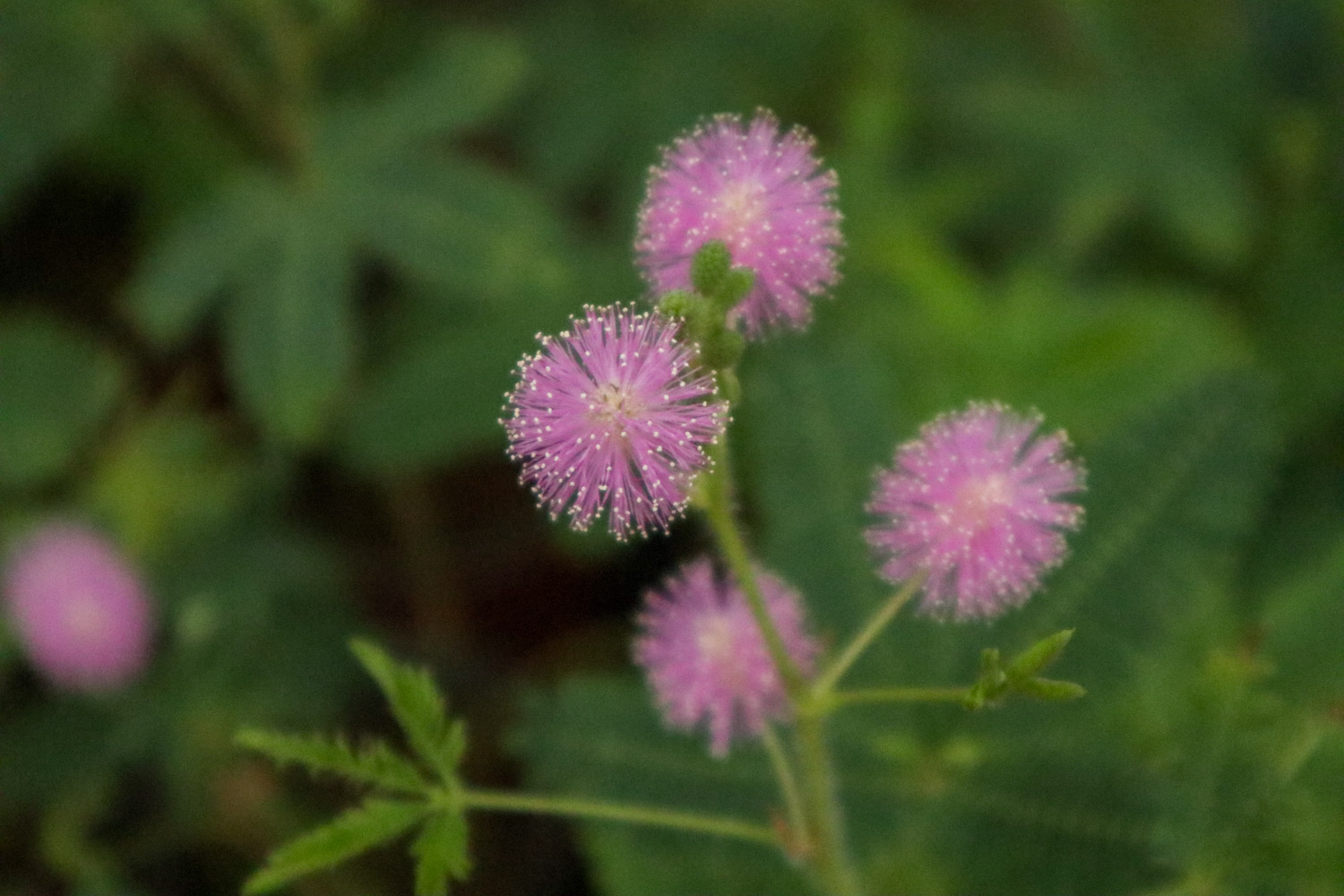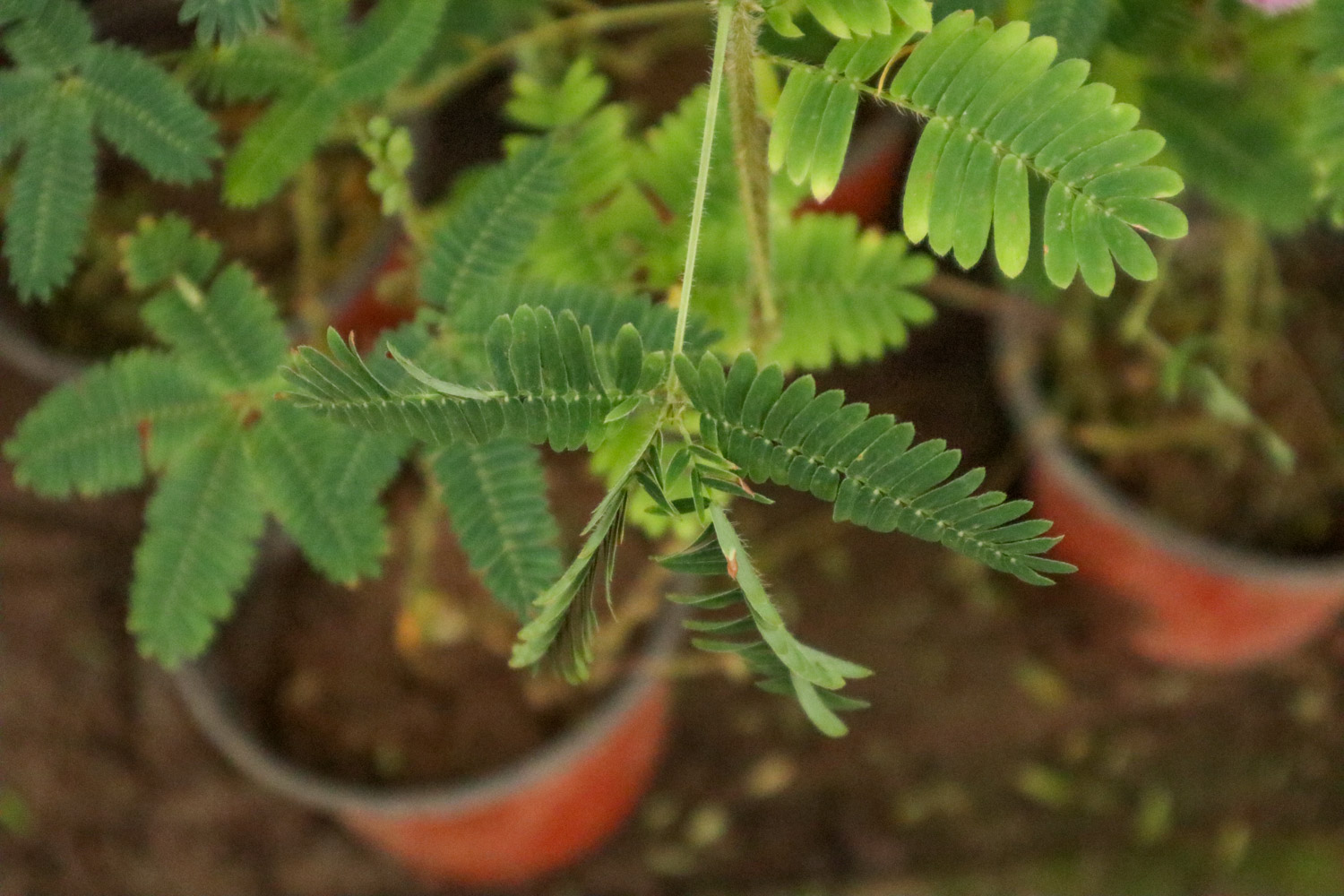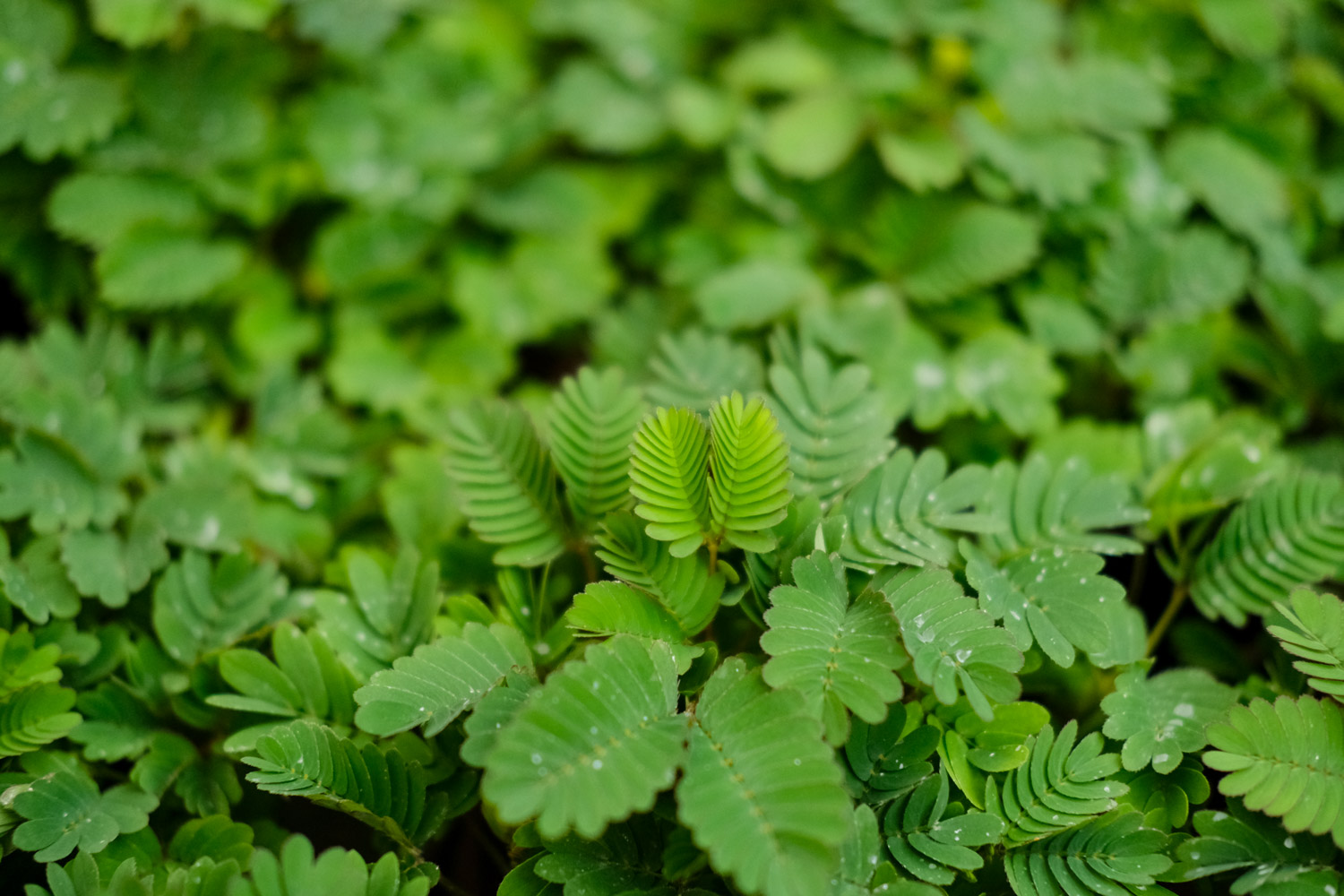Mimosa is a perennial herb or subshrub of Leguminosae. It is named because its leaves respond to external light and heat and close automatically after being disturbed by external stimuli. It will also blossom. The flower looks like a pommel and the color is pink, which has a better viewing effect
1. The change process of Mimosa in a day
After the sun rises in the morning, Mimosa leaves sense the light and heat of the outside world and begin to stretch their leaves. When the Mimosa reaches the extreme of the environment at noon, it will adapt to the changes of the external temperature. When the sun sets in the evening, the humidity in the air begins to increase and the temperature decreases, and the leaves of Mimosa will close

2. Morning to night changes
After the sun rises in the morning, the leaves of Mimosa are open. When the sun goes down at night, the external light weakens until it completely disappears and the temperature drops, and the leaves of Mimosa begin to close. This refers to the normal situation. If it is a rainy day, the leaves of Mimosa are in a state of self-protection and will not stretch their leaves

3. Function of Mimosa
Ornamental effect: the color of mimosa's leaves is green and in the shape of opposite feathers. The leaves will be closed when stimulated by the outside world. Its flowers are small, light pink in color, beautiful in shape, like a small POM POM. Its branches and leaves have good ornamental effect
Prediction function: mimosa generally opens during the day or sunny days and closes at night or rainy days. The weather can be predicted by observing its leaves, and if its leaves are abnormal, it indicates that an earthquake may come


 jackfruit
jackfruit snake plant
snake plant hibiscus
hibiscus hydrangea
hydrangea lavender
lavender Green roses climb al...
Green roses climb al... If you don't pay att...
If you don't pay att... Management of four g...
Management of four g...
































